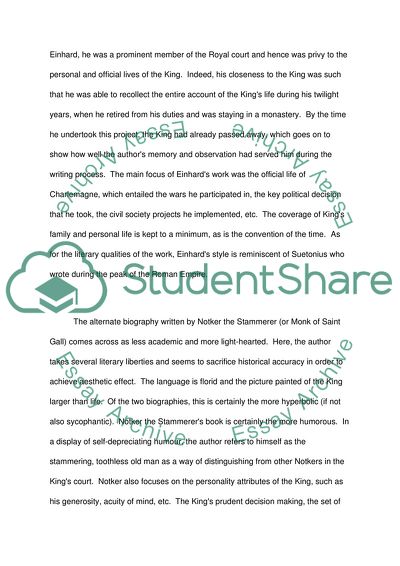Cite this document
(Two Lives of Charlemagne Assignment Example | Topics and Well Written Essays - 1250 words, n.d.)
Two Lives of Charlemagne Assignment Example | Topics and Well Written Essays - 1250 words. https://studentshare.org/biographies/1742131-two-lives-of-charlemagne
Two Lives of Charlemagne Assignment Example | Topics and Well Written Essays - 1250 words. https://studentshare.org/biographies/1742131-two-lives-of-charlemagne
(Two Lives of Charlemagne Assignment Example | Topics and Well Written Essays - 1250 Words)
Two Lives of Charlemagne Assignment Example | Topics and Well Written Essays - 1250 Words. https://studentshare.org/biographies/1742131-two-lives-of-charlemagne.
Two Lives of Charlemagne Assignment Example | Topics and Well Written Essays - 1250 Words. https://studentshare.org/biographies/1742131-two-lives-of-charlemagne.
“Two Lives of Charlemagne Assignment Example | Topics and Well Written Essays - 1250 Words”. https://studentshare.org/biographies/1742131-two-lives-of-charlemagne.


